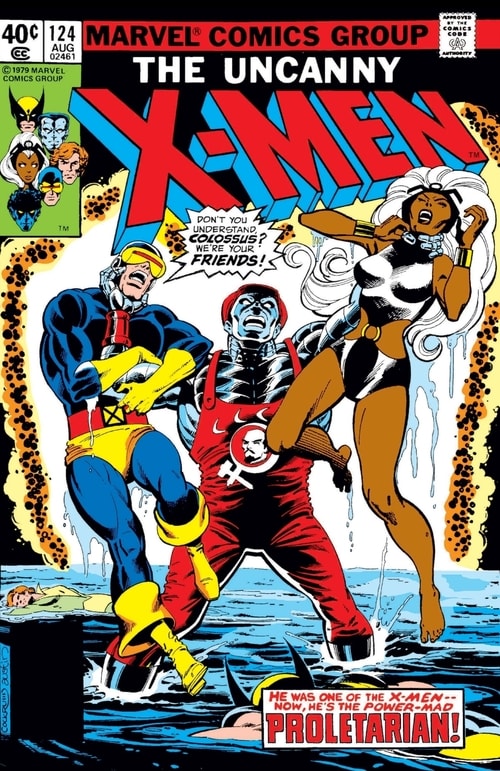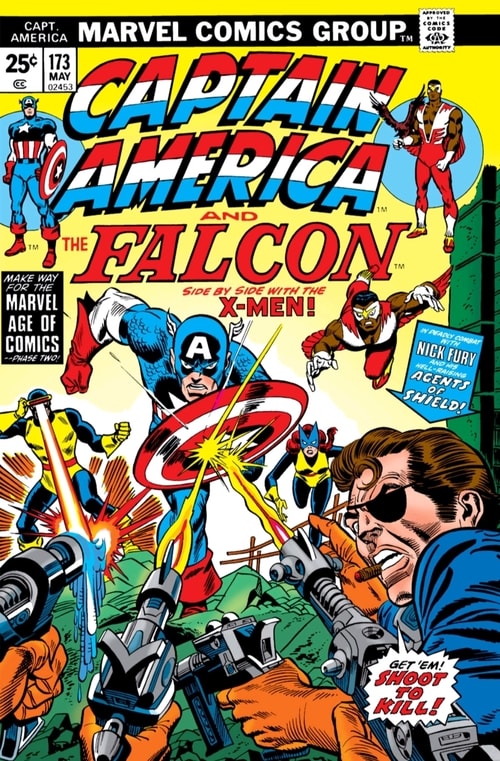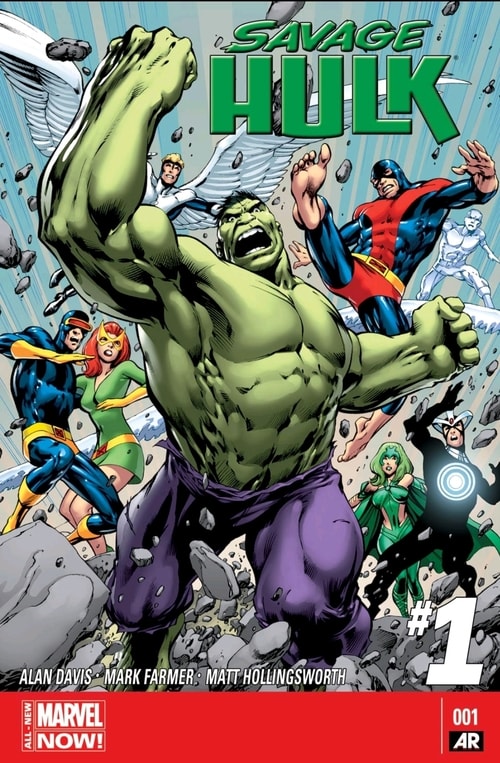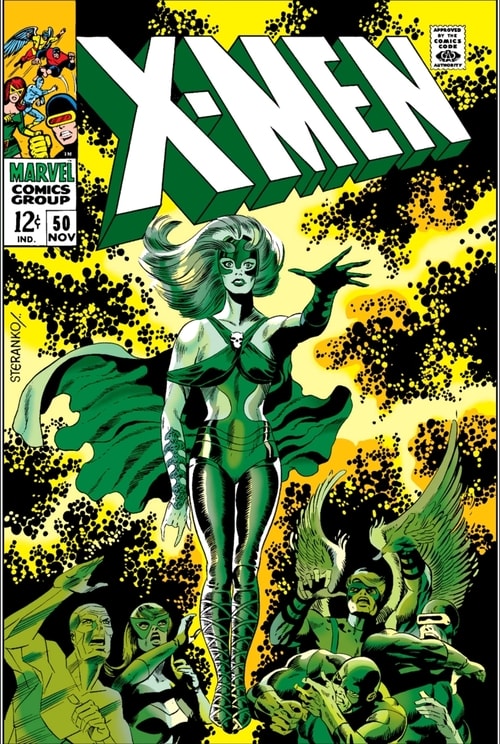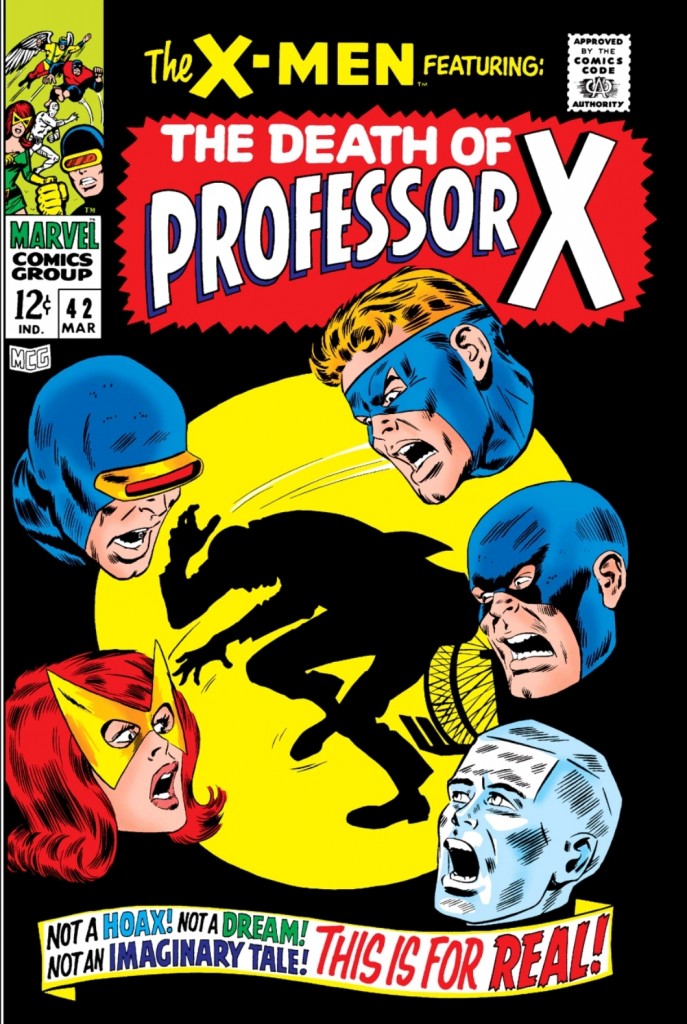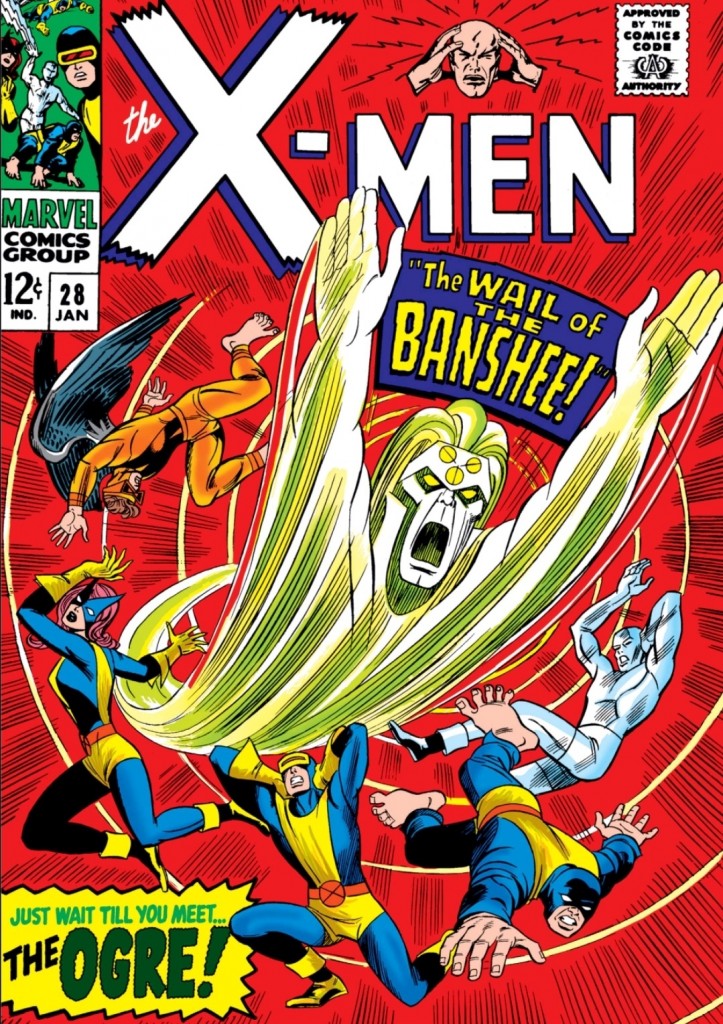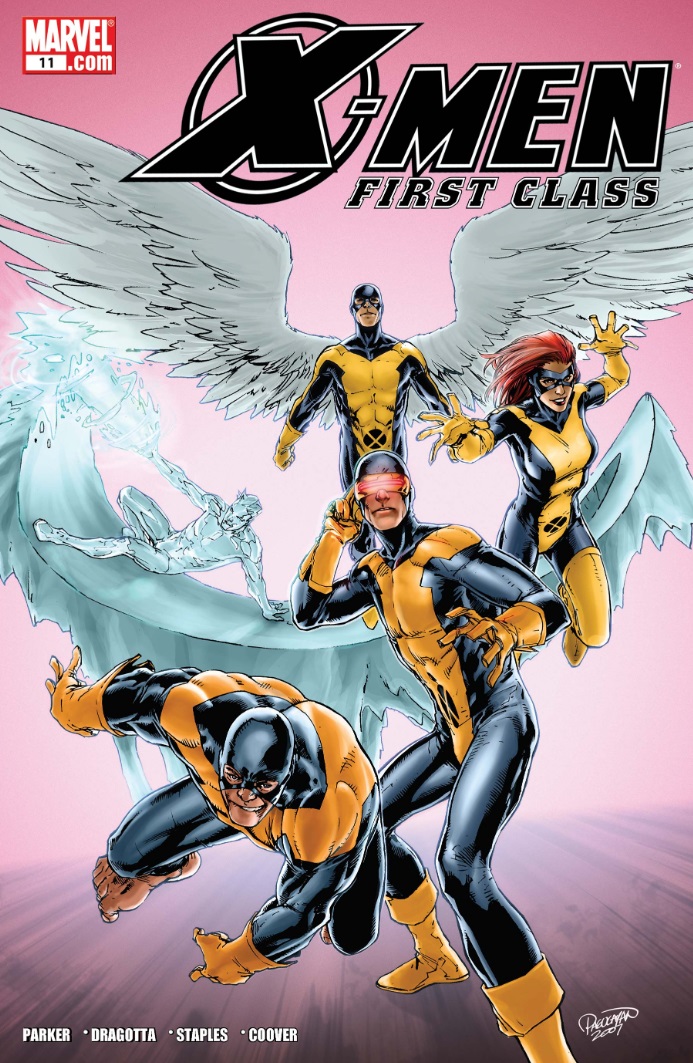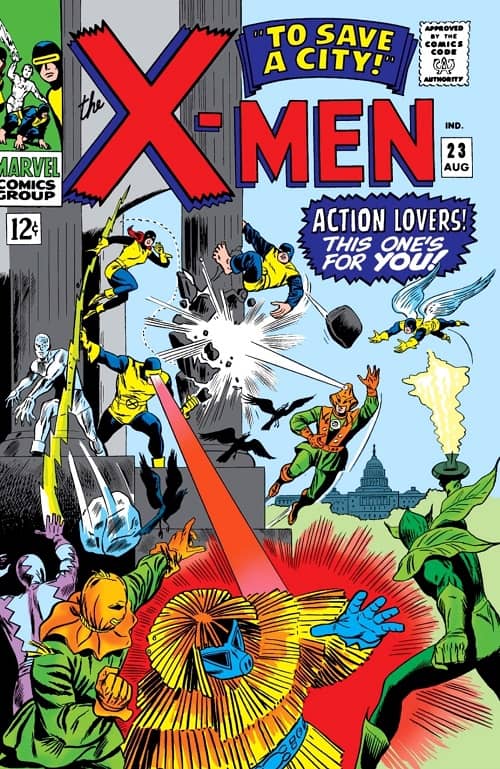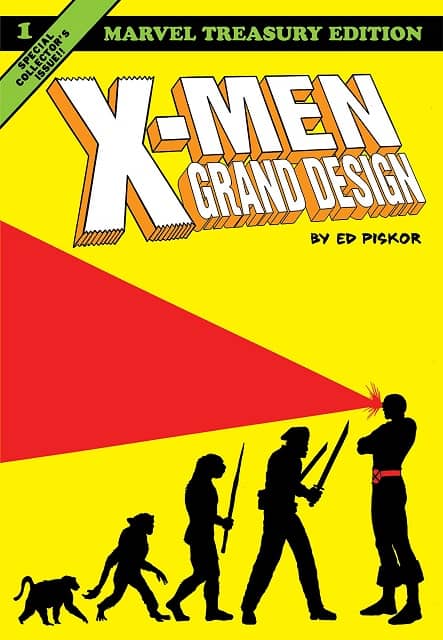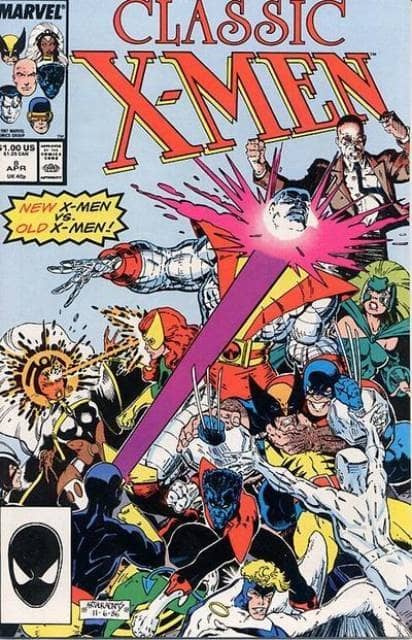Uncanny X-Men, Part 26: Introducing Kitty Pryde, Emma Frost and Launching the Dark Phoenix Saga in 1979!
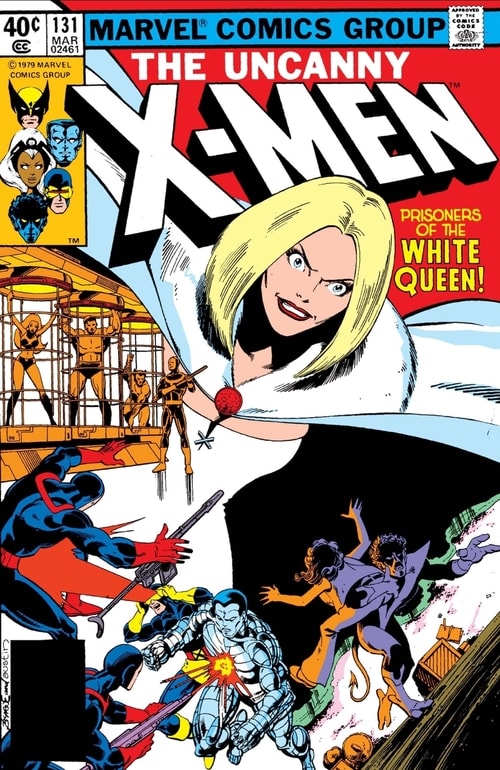
Well, if you’ve been waiting for my epic reread of the Uncanny X-Men to reach one of the most consequential and memorable stories in comic history, your waiting has paid off. It only took 26 blog posts, but we’ve arrived at the beginning of the Dark Phoenix Saga. This arc of the Dark Phoenix Saga, from issue #129 to #131 does some major things.
First, it introduces a mutant who will over the course of the coming decades become a very important X-Man and eventually one of the team leaders: Kitty Pryde. Second, it introduces a mutant who over than same time period will become an iconic X-Men rival and villain, and eventually an ally, teammate and leader herself: Emma Frost. Third, it deepens the corruption of Phoenix’ soul by Jason Wyngarde and Emma Frost.
